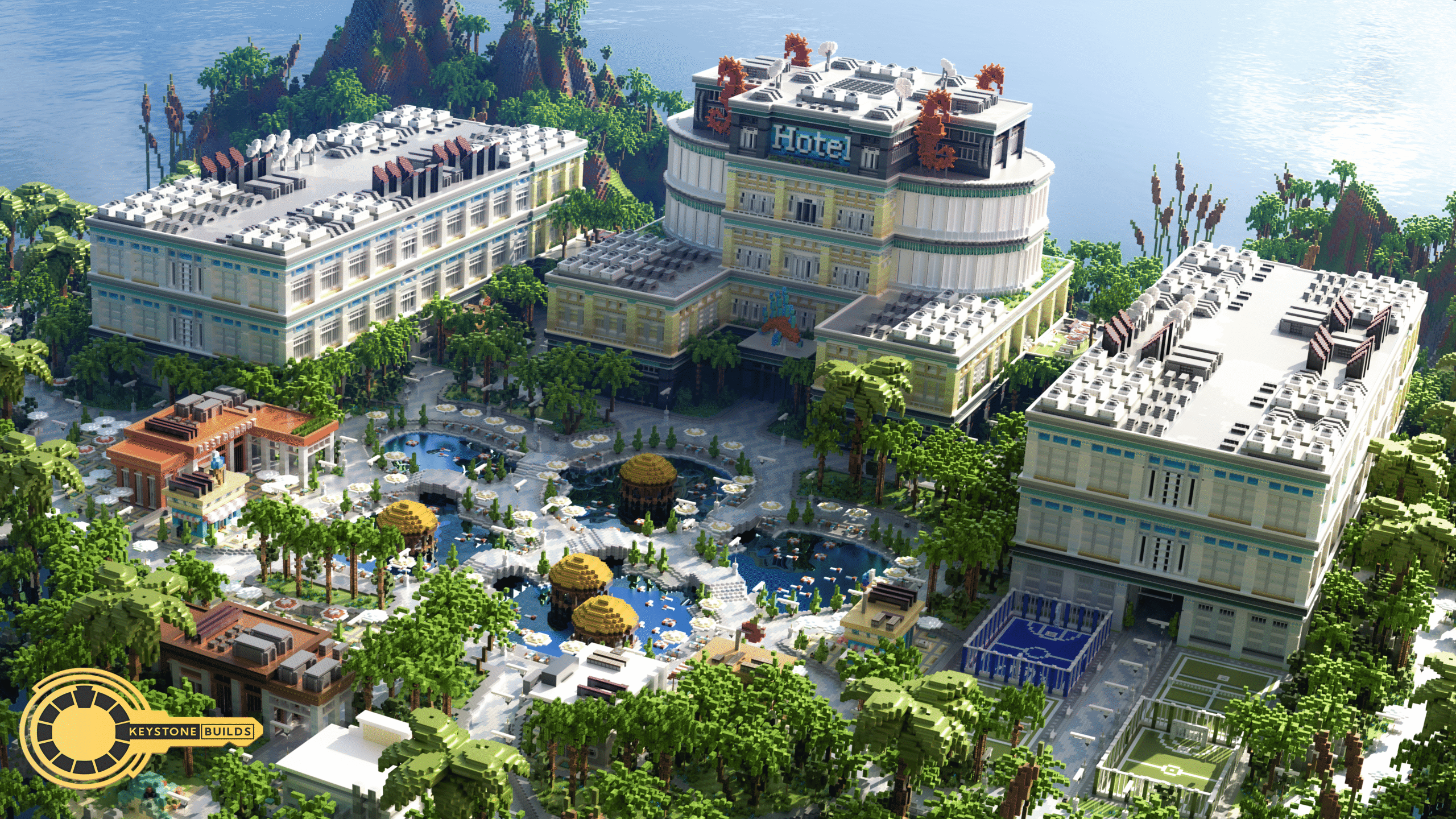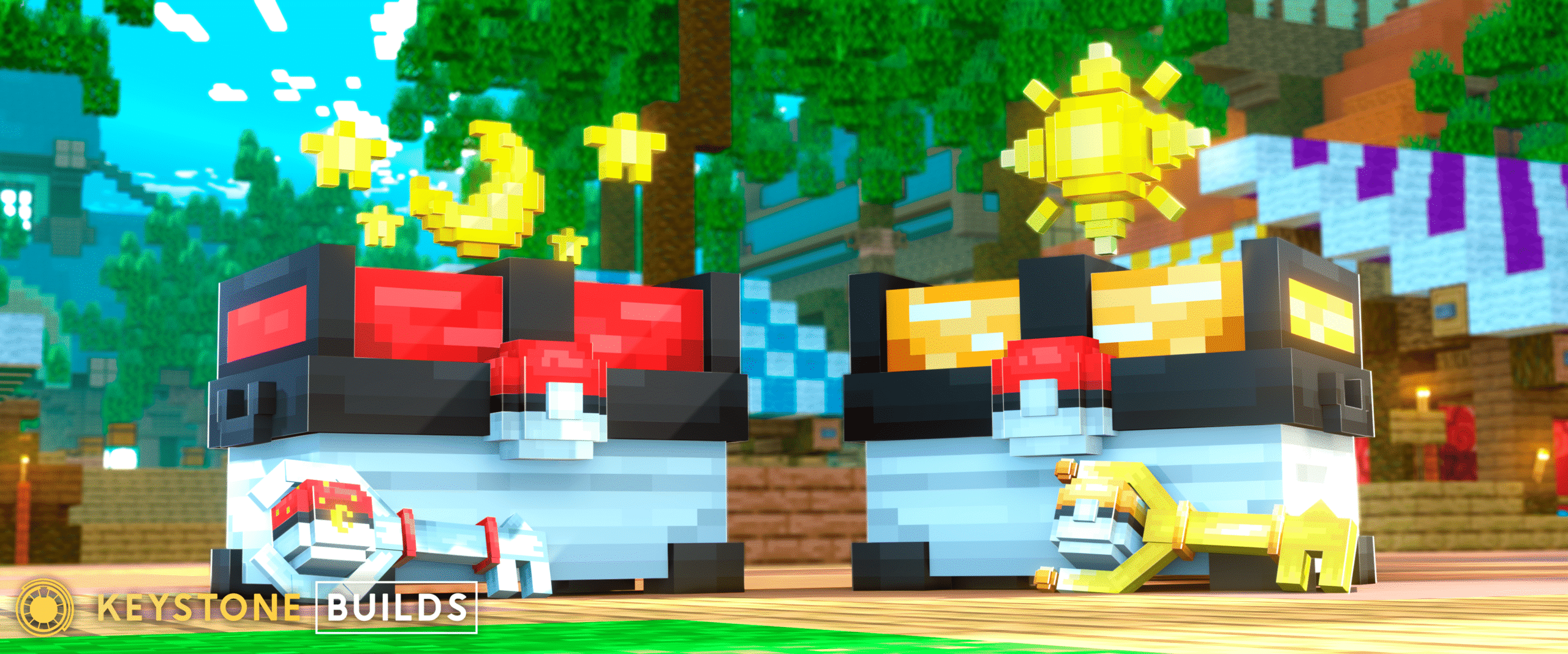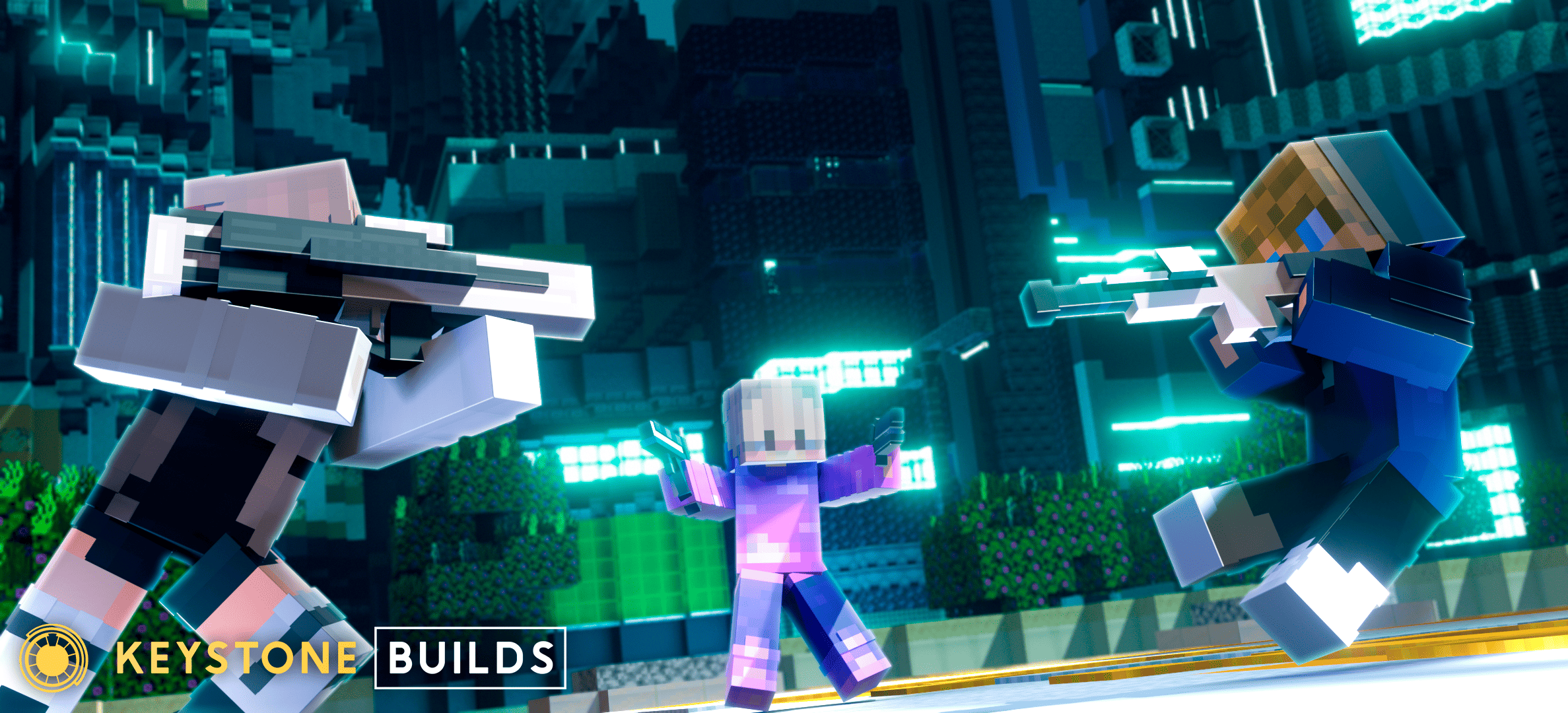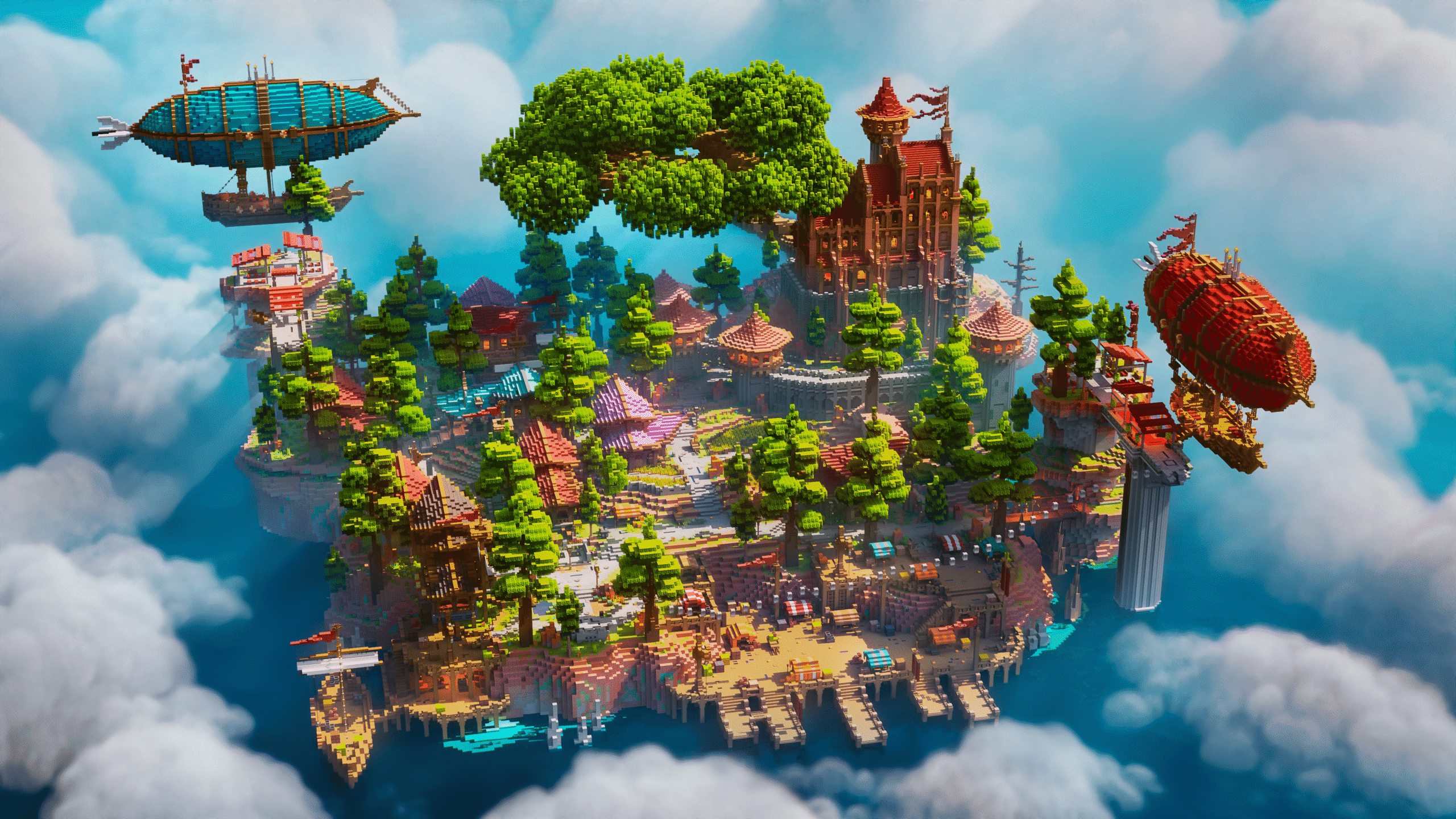The rise of AI-generated content has reached nearly every creative field—from writing and art to 3D modeling and now, even Minecraft map design. For server owners, builders, and content creators, the idea of using artificial intelligence to create expansive, detailed Minecraft worlds in minutes is an enticing prospect.
But the question remains: Are AI-generated Minecraft maps actually worth using? Do they offer the same level of quality, creativity, and gameplay value as maps made by experienced human designers? Or are they just a shortcut that produces results that fall short of expectations?
This post explores the capabilities, pros, limitations, and best use cases of AI-generated Minecraft maps. Whether you’re running a server, developing an adventure world, or looking for inspiration, understanding the role of AI in map creation can help you decide when and how to use it effectively.
What Are AI-Generated Minecraft Maps?
AI-generated Minecraft maps are typically created using procedural tools, neural networks, or machine learning models that can design terrain, structures, or even entire biomes based on input prompts or data. These tools can range from command-line utilities to visual map generators that allow users to tweak variables and export ready-to-play worlds.
Some AI tools are designed specifically for Minecraft. Others adapt general 3D or terrain generation models to Minecraft-compatible formats, allowing the import of heightmaps, schematics, or block data into the game.
Depending on the tool, AI can generate:
- Terrain layouts and elevation maps
- Cave systems and mountain ranges
- Custom biomes or environments
- Ruins, structures, or roads
- Entire fantasy or realistic continents
While some tools create pure terrain, others can generate populated worlds with structures, NPCs, or quests, though these are still in early development.
Why AI-Generated Maps Are Appealing
Speed and Efficiency
One of the biggest advantages of AI-generated maps is speed. What might take a builder 20–40 hours to create manually, an AI tool can often generate in a few minutes. For developers or server owners on a tight timeline, this can be a major time-saver.
AI tools also allow for quick iterations. If a generated world doesn’t feel right, it’s easy to tweak the parameters and generate another version, rather than manually re-editing or rebuilding an entire area.
Inspiration and Concepting
Even if an AI-generated map isn’t perfect out of the box, it can serve as a strong base or creative prompt. Builders often use AI terrain as a starting point, adding custom features, structures, and detailing on top of it.
This makes AI maps especially valuable for brainstorming and prototyping. A roughly formed mountain range or island can inspire ideas that wouldn’t emerge from a blank canvas.
Accessibility for Beginners
For new server owners or players without strong building skills, AI-generated maps lower the barrier to entry. Instead of downloading low-quality maps from random forums or struggling with world-editing tools, users can generate clean, original worlds tailored to their server’s needs.
This can be useful for survival spawns, large exploration maps, or base terrain for custom gamemodes.
Limitations of AI-Generated Minecraft Maps
While the benefits are clear, AI-generated maps also come with limitations that are important to understand—especially for creators aiming to deliver a polished player experience.
Lack of Gameplay Design
AI can generate terrain, but it doesn’t design for gameplay. A mountain range might look good from above, but it may be filled with awkward cliff faces, inaccessible paths, or unrealistic scale. Dungeons might spawn with dead-end corridors or no logical progression.
Human designers understand game flow. They consider spawn points, progression routes, PvP zones, and exploration pacing. AI doesn’t do this well—at least not yet.
This makes most AI maps better suited for base terrain or decoration, rather than full gameplay-ready worlds.
Repetition and Patterning
Some AI-generated maps suffer from repetitive structures or unnatural transitions between biomes and elevation zones. The terrain might be mathematically interesting but visually unrealistic or difficult to explore in survival mode.
This issue becomes more pronounced in larger worlds, where the AI’s pattern recognition starts to show. A coastline may repeat the same curves. A forest might contain the same tree layout dozens of times.
Experienced builders spend time breaking these patterns—AI often creates them by default.
Minimal Structural Variety
While some tools include structure placement, most AI generators are still focused on terrain. That means any villages, ruins, or dungeons have to be added manually or with plugins and schematics.
You won’t find handcrafted quest zones, redstone mechanics, or boss arenas generated by AI tools. If your server relies on these types of features, AI can’t replace skilled builders—it can only support them.
Compatibility and Setup Challenges
AI-generated maps may not always export cleanly into Minecraft. Issues like block mismatches, corrupted chunks, or unoptimized file sizes can occur. Some tools require intermediate steps using third-party software like WorldPainter, Chunky, or MCEdit to finalize the export.
For non-technical users, this can be a barrier. The promise of “instant worlds” can be diminished by setup requirements or troubleshooting.
When to Use AI-Generated Maps
AI-generated maps are best when used intentionally and strategically. Here are scenarios where they are most effective:
As Terrain Foundations
AI maps are ideal for generating base terrain to be shaped and detailed later. You can generate continents, islands, or regions, then apply your own world-editing and structural work afterward.
This is particularly useful for:
- RPG or survival servers that want custom geography
- Creative mode world planning
- Open-world adventure or exploration projects
For Fast Prototypes
If you’re developing a new game mode, testing a plugin, or pitching a concept to collaborators, an AI-generated map can give you a working world in minutes. This speeds up the pre-production phase and makes it easier to visualize gameplay flow.
For Temporary Events
Need a map for a short-term event, seasonal zone, or limited-time game mode? AI-generated terrain can provide something new without the cost or time commitment of a full custom build.
Seasonal minigames, PvP arenas, and scavenger hunt zones are all solid use cases.
For Builders Who Want a Head Start
Experienced builders can use AI terrain to skip repetitive shaping and get straight into the creative parts of a project. Instead of manually forming mountains or carving rivers, they can start with a generated world and focus on sculpting, detailing, and storytelling.
When to Avoid AI-Generated Maps
There are also scenarios where AI-generated maps are not a good fit:
- You’re creating a story-driven adventure or quest map
- You want polished PvP arenas with precise balance
- Your server relies on narrative pacing or visual storytelling
- You need terrain that interacts with custom mechanics or plugins
In these cases, handcrafted builds will deliver better results. AI may offer a shortcut, but it can’t replace intentional, human-focused design.
Are AI-Generated Maps Worth It?
The answer depends on your goals. AI-generated Minecraft maps are not a replacement for skilled worldbuilders, but they can be a powerful tool in the creative process.
If you’re a server owner who needs fast, functional terrain, or a builder looking for inspiration and structure, AI-generated maps can absolutely be worth using. They save time, reduce creative friction, and open up possibilities for experimentation.
But if you’re building a map that demands narrative, balance, gameplay flow, or architectural detail, you’re better off starting with a human touch—or at least combining AI terrain with manual work.
Conclusion
AI-generated Minecraft maps are a growing part of the creative toolkit for server owners, developers, and builders. When used well, they offer speed, scale, and convenience. But they are not turnkey solutions for deep, gameplay-driven worlds.
Use AI maps as foundations, not final products. Combine them with human creativity, editing tools, and gameplay testing to create experiences that are both beautiful and playable.
If you’re looking to speed up world development, prototype ideas, or explore new terrain concepts, then yes—AI-generated Minecraft maps are worth trying. Just don’t forget that the best maps are still shaped by imagination, not automation.










